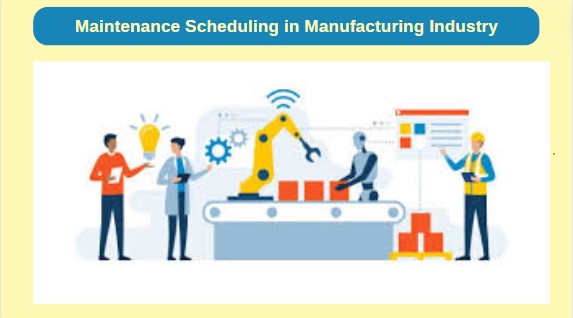
Maintenance Scheduling in Manufacturing Industry
Pratik Lohiya |
02 Apr 2024 |
08:52 AM
- Importance of Effective Maintenance Planning and Scheduling processes
- Key Principles of Maintenance Planning and Scheduling
- Benefits of Maintenance Scheduling
- Purpose and Strategies
- Types of Maintenance Planning
- Implementation Strategies
- Conclusion

Role of AI in Facility Management
Madhurima Sanyal 19 Feb 2024 | 17:02 PMExplore the transformative role of artificial intelligence in facility management, revolutionizing operations and empowering facility managers with innovative solutions...
Understanding Maintenance Scheduling process
Maintenance scheduling encompasses the process of strategically planning, prioritizing, and executing maintenance tasks within a manufacturing environment. It involves creating a structured plan for the upkeep of machinery, systems, and facilities to prevent unplanned downtime and ensure smooth production processes. By scheduling maintenance activities in advance, manufacturers can anticipate equipment needs, allocate resources efficiently, and maintain high levels of productivity.
Importance of Effective Maintenance Planning and Scheduling processes
Effective maintenance planning and scheduling are essential for maximizing equipment performance, minimizing costs, and achieving overall operational excellence. A well-designed maintenance schedule ensures that maintenance tasks are carried out systematically, reducing the risk of equipment failures and production disruptions. Moreover, it allows maintenance teams to optimize their workflow, prioritize critical tasks, and allocate resources effectively, leading to significant cost savings and improved operational efficiency.
Key Principles of Maintenance Planning and Scheduling
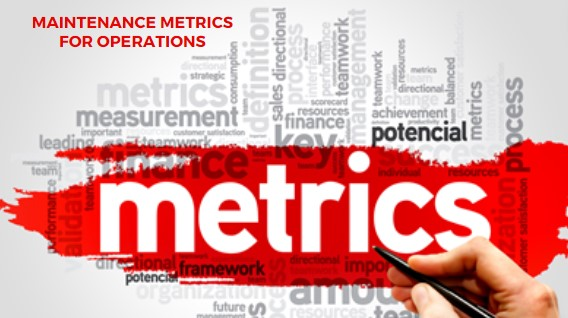
The key principles of maintenance planning and scheduling revolve around proactive maintenance management, efficient resource allocation, and adherence to schedule compliance. By leveraging advanced techniques such as predictive maintenance, computerized maintenance management system (CMMS), and preventive maintenance jobs, manufacturers can enhance equipment performance, asset management and minimize unplanned downtime. Additionally, fostering a culture of collaboration and continuous improvement within maintenance team is crucial for achieving long-term success in maintenance planning and scheduling endeavors.
Benefits of Maintenance Scheduling
Enhancing Productivity through Scheduled Maintenance
Scheduled maintenance ensures that equipment is regularly inspected, serviced, and maintained according to predefined schedules. By proactively addressing potential issues before they escalate, scheduled maintenance minimizes unplanned downtime and disruptions to production processes. This proactive approach helps manufacturers optimize their equipment uptime and overall productivity, thereby maximizing output and profitability.
Reducing Spare Part Consumption
Maintenance scheduling allows organizations to forecast their spare parts requirements more accurately. By conducting preventive maintenance at regular intervals, the need for emergency repairs and costly spare parts replacements is significantly reduced. This not only saves money on spare part purchases but also minimizes the inventory of redundant parts, leading to improved inventory management and cost savings.
Streamlining Workflows for Efficiency
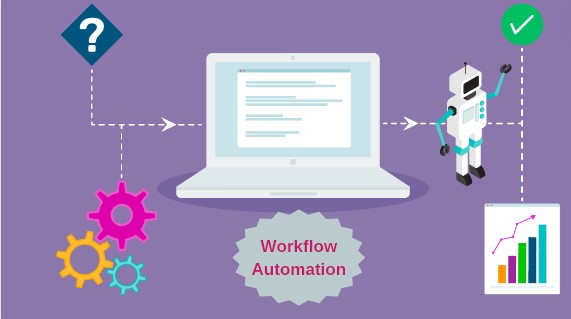
By establishing a structured maintenance schedule, manufacturers can streamline their maintenance workflows and improve operational efficiency. Clear guidelines and predefined schedules enable maintenance team to prioritize tasks, allocate resources effectively, and coordinate activities seamlessly. This streamlined approach reduces the time and effort required to execute maintenance tasks, resulting in improved overall efficiency across the organization.
Minimizing Injuries and Stress in the Workplace
Regular maintenance inspections and equipment checks help identify and address potential safety hazards before they pose a risk to workers. By ensuring that equipment is operating safely and reliably, maintenance scheduling minimizes the likelihood of accidents, injuries, and workplace stress. This creates a safer and healthier work environment, boosting employee morale and productivity.
Decreasing Downtime for Optimal Production
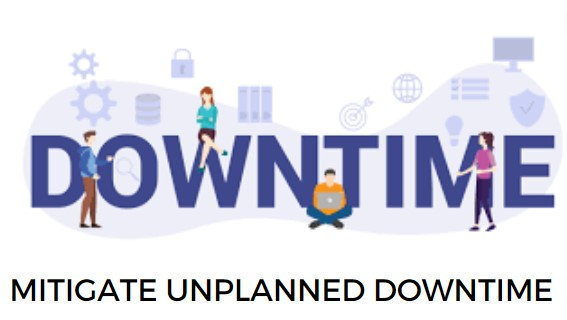
Scheduled maintenance activities are strategically planned to minimize disruptions to production processes. By conducting maintenance during planned downtime periods, manufacturers can perform necessary repairs and maintenance tasks without interrupting critical production operations. This proactive approach reduces overall downtime, increases equipment availability, and ensures optimal production output.
Lowering Costs and Improving Budget Management
Maintenance scheduling helps organizations optimize their maintenance budgets by reducing the need for costly emergency repairs and unplanned downtime. By investing in preventive maintenance and adhering to scheduled maintenance plans, manufacturers can minimize equipment failures, extend asset lifespan, and reduce maintenance-related expenses. This proactive approach to maintenance management leads to lower overall costs and improved budget management.
Optimizing Resource Allocation and Logistics
By planning maintenance activities in advance, manufacturers can optimize their resource allocation and logistics operations. Maintenance scheduling enables organizations to allocate manpower, tools, and materials efficiently, ensuring that the right resources are available at the right time and place. This optimization of resources minimizes waste, maximizes productivity, and enhances overall operational effectiveness.
Purpose and Strategies
Defining Maintenance Scheduling: What, Why, and How -
Maintenance scheduling is the process of strategically planning and organizing maintenance activities within a manufacturing environment. It involves creating a systematic schedule for conducting inspections, repairs, and preventive maintenance tasks on equipment and facilities. The primary goal of maintenance scheduling is to ensure optimal equipment performance, minimize downtime, and extend asset lifespan.
Prioritizing Maintenance Planner Roles and Responsibilities -
One of the key aspects of effective maintenance scheduling is prioritizing the roles and responsibilities of maintenance planners. Maintenance planners play a crucial role in coordinating and scheduling maintenance activities, allocating resources, and ensuring that maintenance tasks are carried out efficiently and effectively. By clearly defining the responsibilities of maintenance planners and providing them with the necessary support and resources, organizations can enhance the effectiveness of their maintenance scheduling processes.
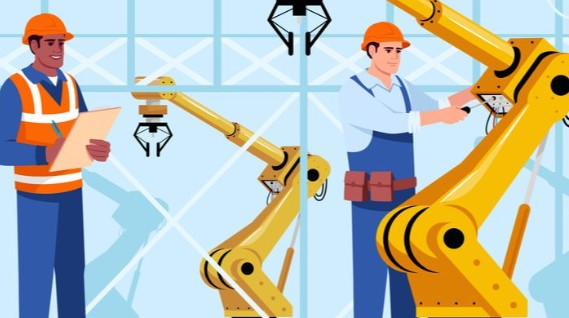
Planning for the Future: Long-term Maintenance Strategies -
Effective maintenance scheduling goes beyond short-term fixes and reactive approaches. It involves developing long-term maintenance strategies that align with the organization's overall goals and objectives. By adopting a proactive approach to maintenance planning, organizations can anticipate future maintenance needs, identify potential risks, and implement preventive measures to mitigate them. Long-term maintenance strategies help organizations optimize their maintenance schedules, reduce costs, and improve equipment reliability over time.
Utilizing Component-level Files for Effective Planning -
Incorporating component-level files into maintenance scheduling processes can significantly enhance planning and decision-making. Component-level files provide detailed information about individual equipment components, including their specifications, maintenance history, and performance data. By leveraging this information, maintenance planners can develop more accurate and tailored maintenance schedules, prioritize critical components, and optimize resource allocation.
Building Trust in Maintenance Planning and Scheduling -
Building trust among stakeholders is essential for the success of maintenance planning and scheduling initiatives. Maintenance planners must communicate effectively with maintenance team, management, and other key stakeholders to ensure buy-in and support for scheduling decisions. By demonstrating transparency, accountability, and reliability in their planning and scheduling processes, maintenance planners can build trust and confidence in the maintenance function.
Leveraging Technicians' Skills and Expertise -
Maintenance scheduling should leverage the skills and expertise of maintenance technicians to maximize efficiency and effectiveness. Maintenance planners should involve technicians in the planning process, seek their input and feedback, and empower them to contribute their knowledge and experience. By recognizing and valuing technicians' skills, organizations can improve the quality of their maintenance schedules and enhance overall maintenance performance.
Measuring Performance with Work Sampling Techniques -
Measuring performance is essential for evaluating the effectiveness of maintenance scheduling processes and identifying areas for improvement. Work sampling techniques, such as time studies and productivity metrics, can help organizations assess the efficiency and productivity of maintenance activities. By systematically collecting and analyzing data on maintenance performance, organizations can identify trends, patterns, and opportunities for optimization.
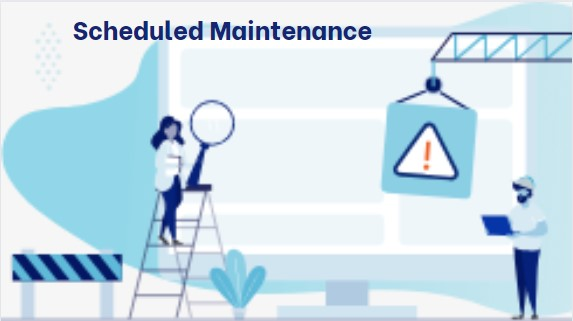
Creating Comprehensive Job Plans with Scheduled Maintenance scheduling -
Effective maintenance scheduling involves creating comprehensive job plans for each maintenance task. Job plans outline the specific steps, necessary resources, and timelines required to complete maintenance activities successfully. By developing detailed job plans, maintenance planners can ensure that maintenance tasks are executed efficiently, safely, and according to schedule. Comprehensive job plans also help minimize delays, errors, and disruptions during maintenance activities, leading to improved overall maintenance performance.
Types of Maintenance Planning
Maintenance planning is a crucial aspect of ensuring the reliability and longevity of equipment and facilities within the manufacturing industry. Understanding the different types of maintenance planning strategies is essential for developing a comprehensive maintenance schedule that effectively addresses the needs of the organization. Let's explore the three primary types of maintenance planning:
Understanding Predictive Maintenance and Its Benefits -
Predictive maintenance is a proactive approach to maintenance planning that relies on advanced technologies and data analysis to predict equipment failures before they occur. By continuously monitoring equipment performance and analyzing data from sensors, predictive maintenance can identify early signs of wear, deterioration, or potential failures. This allows maintenance department to schedule maintenance activities at optimal times, minimizing downtime and reducing the risk of unexpected breakdowns. Predictive maintenance offers several benefits, including improved equipment reliability, increased uptime, and reduced maintenance costs.
Exploring Preventive Maintenance Strategies -
Preventive maintenance involves conducting routine inspections, servicing, and repairs according to a predetermined schedule. Unlike predictive maintenance, which focuses on detecting specific issues before they escalate, preventive maintenance aims to prevent failures altogether by addressing potential problems proactively. By performing maintenance tasks such as lubrication, cleaning, and component replacements at regular intervals, preventive maintenance helps extend equipment lifespan, optimize performance, and minimize the risk of unplanned downtime. Implementing preventive maintenance strategies can lead to significant cost savings, improved operational efficiency, and enhanced asset reliability.
Navigating Reactive Maintenance and Its Challenges -
Reactive maintenance, also known as corrective maintenance, involves responding to equipment failures and breakdowns as they occur. Unlike predictive and preventive maintenance, which aim to prevent failures proactively, reactive maintenance focuses on repairing equipment after a failure has occurred. While reactive maintenance may be necessary in certain situations, such as sudden equipment malfunctions or emergencies, it is generally less cost-effective and efficient compared to proactive maintenance approaches. Reactive maintenance can lead to increased downtime, higher repair costs, and decreased equipment reliability over time.
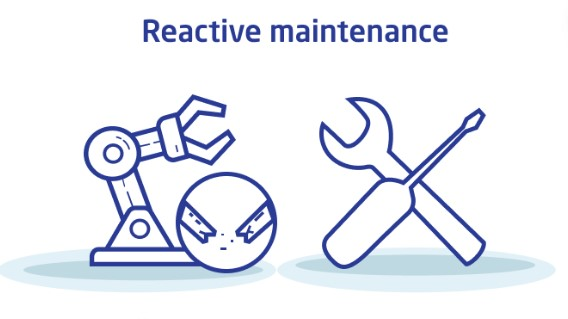
Navigating through the challenges associated with reactive maintenance, such as unplanned downtime, increased repair costs, and decreased productivity, requires careful planning and strategic decision-making. By incorporating elements of predictive and preventive maintenance into their maintenance schedules, organizations can minimize their reliance on reactive maintenance and achieve greater operational efficiency and reliability.
Implementation Strategies
Implementing maintenance planning and scheduling successfully requires careful planning, coordination, and execution. Let's explore some key strategies for effectively implementing maintenance planning and scheduling within the manufacturing industry:
How to Implement Maintenance Planning and Scheduling Successfully
To implement maintenance planning and scheduling successfully, organizations need to establish clear goals, objectives, and timelines. This involves defining roles and responsibilities, selecting appropriate tools and technologies, and establishing communication channels between maintenance teams, management, and other stakeholders. By fostering a culture of collaboration and continuous improvement, organizations can ensure that maintenance planning and scheduling initiatives are aligned with the overall business strategy and objectives.
Designing Ideal Preventive Maintenance Schedules for Manufacturing Equipment maintenance
Designing ideal preventive maintenance schedules involves analyzing equipment performance data, identifying critical components, and determining optimal maintenance intervals. By considering factors such as equipment age, usage patterns, and environmental conditions, organizations can develop tailored preventive maintenance schedules that maximize equipment reliability and minimize downtime. Implementing preventive maintenance schedules also requires establishing clear procedures, protocols, and documentation to ensure consistency and effectiveness.
Addressing Limitations and Challenges in Preventive Maintenance Schedule
While preventive maintenance offers many benefits, it also poses certain limitations and challenges. Common challenges include the risk of over-maintenance, resource constraints, and balancing preventive maintenance with other priorities. To address these challenges, organizations should continuously track progress of preventive maintenance schedules, adjust schedules as needed based on performance metrics and feedback from maintenance teams, and invest in training and development programs to enhance the skills and capabilities of maintenance professionals.
Additional Strategies for Optimization and Efficiency

In addition to preventive maintenance, organizations can implement additional strategies to optimize maintenance planning and scheduling processes. This includes listening to equipment signals and predictive indicators to anticipate maintenance needs, leading the way to a better future for maintenance and reliability by adopting innovative technologies and best practices, and finding the balance between proactive and reactive approaches to maintenance management. By leveraging these additional strategies, organizations can improve equipment performance, reduce downtime, and achieve greater overall efficiency and effectiveness in their maintenance operations.
Conclusion
Maintenance planning and scheduling are integral components of effective maintenance management within the manufacturing industry. Through strategic planning, proactive scheduling, and efficient execution, organizations can optimize equipment performance, minimize downtime, and enhance overall operational efficiency.
By prioritizing maintenance tasks, utilizing advanced technologies such as computerized maintenance management systems (CMMS), and leveraging the expertise of maintenance professionals, organizations can ensure that equipment is properly maintained, minimizing the risk of unexpected breakdowns and costly repairs. Furthermore, implementing preventive maintenance schedules tailored to the specific needs of manufacturing equipment can significantly extend asset lifespan and reduce maintenance costs over time.
However, it's essential to acknowledge and address the limitations and challenges associated with maintenance planning and scheduling, such as resource constraints, balancing preventive maintenance with other priorities, and the risk of over-maintenance. By continuously monitoring performance metrics, adjusting schedules based on feedback and data analysis, and investing in training and development programs for maintenance personnel, organizations can overcome these challenges and optimize their maintenance operations.
Additionally, embracing additional optimization strategies, such as predictive maintenance techniques, innovative technologies, and a balanced approach to proactive and reactive maintenance, can further enhance equipment reliability and performance. By listening to equipment signals, leading the way to a better future for maintenance and reliability, and finding the right balance between different maintenance approaches, organizations can achieve greater efficiency and effectiveness in their maintenance operations.
In essence, effective maintenance planning and scheduling are essential for ensuring equipment reliability, minimizing downtime, and achieving operational excellence in the manufacturing industry. By implementing best practices, leveraging advanced technologies, and fostering a culture of continuous improvement, organizations can optimize their maintenance operations, reduce costs, and remain competitive in today's rapidly evolving business landscape. Ultimately, maintenance scheduling not only helps in maintaining equipment but also ensures smooth functioning of production processes, leading to enhanced productivity and profitability for manufacturing organizations.